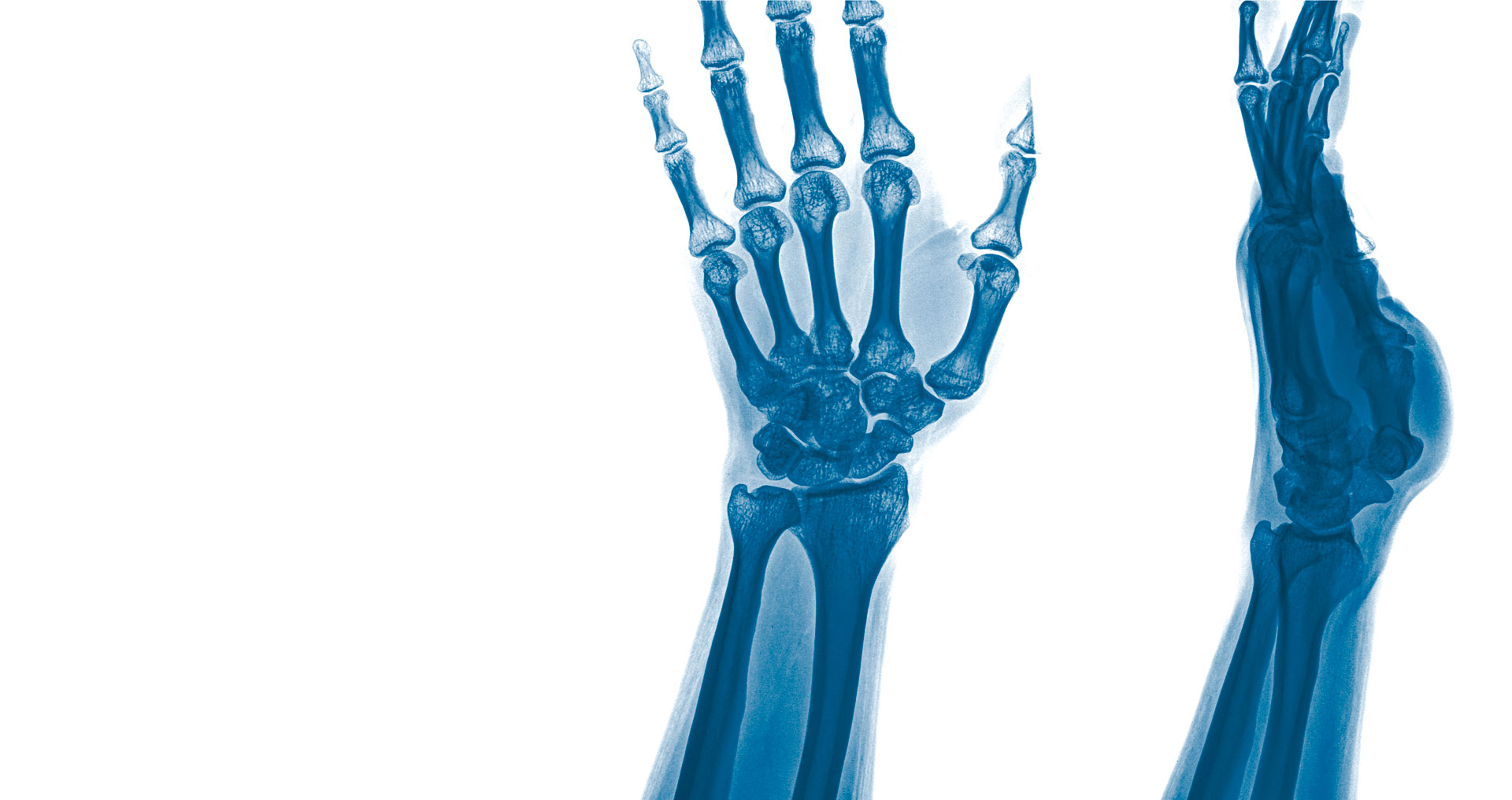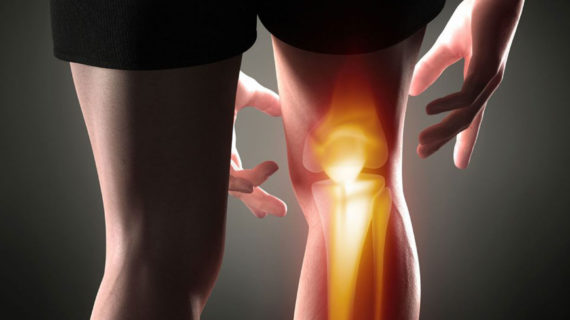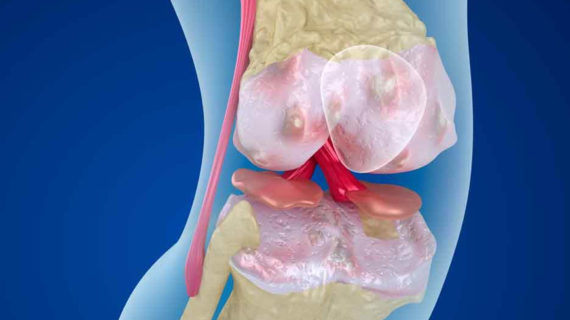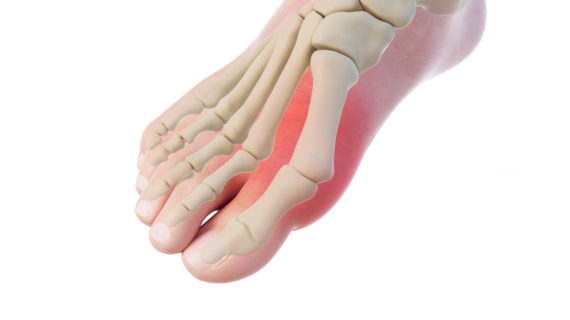Fracture of the wrist
Fracture of the wrist.
The Colles fracture (Abraham Colles, the Irish surgeon who first diagnosed it), that is, the fracture of the wrist, is one of the most common fractures. The causes of the Colles fracture can have different nature: traumatic, as a result of accident or fall, pathological, as a result of pathologies such as osteoporosis.
The fracture can also occur as a result of a mild blow or while carrying out habitual activities that do not provide for a huge physical effort.
However, the statistics show that the fracture Colles occurs mainly as a result of trauma and accidents, i.e. following a violent fall on the palm of the hand with the wrist in extension, causing the rupture.
The most exposed subjects are the elderly (in the case of osteoporosis) and sportsmen, skiers, skaters in particular, in the case of trauma and severe accidents.
How does the colles fracture manifest? The fracture presents with an acute pain but the diagnosis is given above all by the shape that characterizes the wrist following the fall, the so-called bayonet deformity or fork back.
How to treat Colles fracture
Colles fractures are treated with the aid of a realignment and immobilization maneuver with gypsum; in more severe cases surgical intervention is necessary.
To regain lost mobility following weeks when arm and wrist are forced into the plaster case, the patient will be able to choose different therapies.
Often the arm, once freed from the plaster, can appear edematous and the elbow instead rigid such as to make dicile even the simplest movements of the arm.
Osteoplus® Biostimulator with its action of lymph drainage and biostimulating magnetotherapy, completely reduces skin edema and strengthens bone tissue.
Osteoplus® also acts through a therapeutic process that reactivates calcium and mineral salts.






